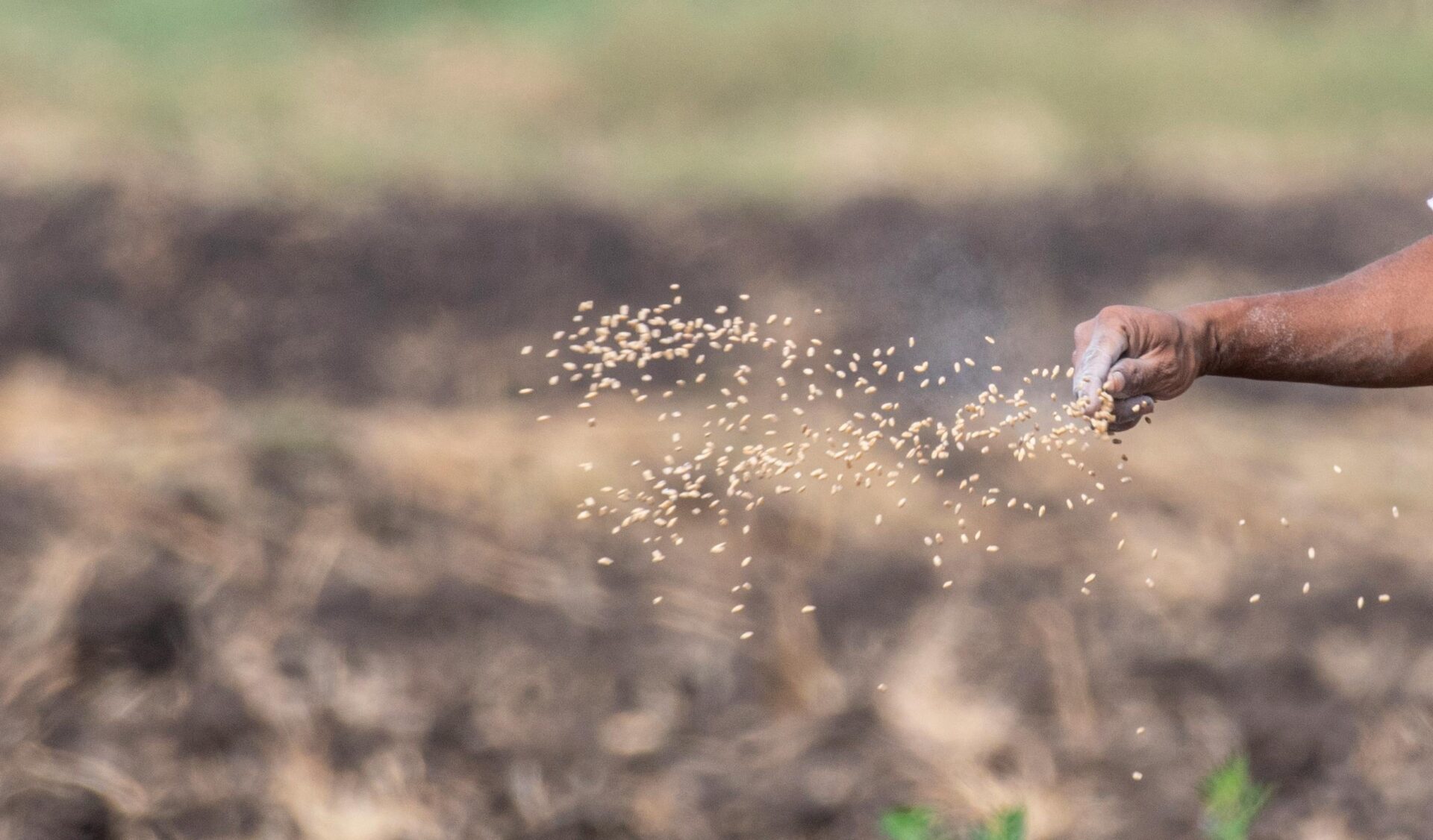By Ernie Christie
Don’t be afraid. Do not be satisfied with mediocrity.
Put out into the deep and let down your nets for a catch.St. John Paul II
St. John Paul’s well known quote could easily be included in the mission statement of a school that took the teaching of contemplation to be its core business. In a continually, ever distracted world, it must be an imperative to teach the youth of today and tomorrow to be attentive through the formation of schools that have at their centre a contemplative heart.
Schools today, anywhere in the world, are busy places. Teaching is often reduced to rushing through a crowded curriculum, being hostage to high stakes testing and responding to the next big issue that the media throw up. Increasingly complex issues such as cyber safety and use of technology or developing a healthy lifestyle can be suddenly thrust into the domain of the school. It is no surprise that educators and students become overloaded and stressed as they deal with so many stimuli bombarding them daily.
There can be another way! Rather than the pursuit of higher, faster and stronger, schools can strive for deeper, slower and wiser. Educators can encourage their students to, ‘put into the deep’ and introduce them to another way of being. To actively teach contemplative practices may seem counter-intuitive or counter-cultural to being able to function effectively in a world that is full of noise and is always speeding up. I hope, however, that you will be convinced that the well-being of your students depends on a radical, reimagined way to approach education, now and into the future.
The world teaches children a set of values. But are these values conducive to the making of a better world? Our Western culture invites excitement, not silence, and activity, not stillness. As a result children of all ages are often stressed, over-stimulated and restless. The culture we live in may suggest the solution to this inner and outer restlessness lies outside of oneself in the pursuit of a bigger and more exciting life. This way of living creates pressures that force our children to compartmentalize their lives too rigidly. As a result, they may lose a sense of their own personal wholeness and a capacity to engage fully with the world as balanced human beings.
For those of us in education working at the coalface of young people’s development and well-being, the issues of overstimulation and constant pressure are particularly evident. More and more children display signs of depression, extreme agitation and lack of ability to focus their attention. In my own corner of the world in Townsville, North Queensland, Australia, we have adopted a contemplative form of prayer, Christian Meditation, which we have decided to teach in our schools to all students from ages four to 18.
Over the past 14 years, we have intentionally, in an experiential way invited and taught our students to journey more deeply within their prayer practice. The results have been startling. The most significant finding has been that children love to meditate. It is something they look forward to daily and even ask their teachers to do it. We want to encourage a new vision for a society that locates the teaching of stillness and silence
at the heart of education. It is vital that education responds to such social challenges by presenting and teaching an alternative way of being. Almost everything that children experience in the world today inhibits that journey inward towards stillness and silence; indeed, it may seem a paradox that children can be still and silent and enjoy it. However, like adults, children also yearn for the experience of an interior world that helps buffer against the hustle and bustle of a hurried life.
On the world stage, in 2012 Rowan Williams, Archbishop of Canterbury gave an address to the Synod of Catholic Bishops on The New Evangelization for the Transmission of the Christian Faith. In this address he provided a clear annunciation of the concept of contemplation, which I believe frames the issues very clearly. ‘In this perspective, contemplation is very far from being just one kind of thing that Christians do: it is the key to prayer, liturgy, art and ethics, the key to the essence of a renewed humanity that is capable of seeing the world and other subjects in the world with freedom – freedom from self-oriented, acquisitive habits and the distorted understanding that comes from them.’ To put it boldly, contemplation is the only ultimate answer to the unreal and insane world that our financial system, advertising culture, and chaotic and examined emotions encourage us to inhabit. ‘To learn contemplative practice is to learn what we need so as to live truth fully and honestly and lovingly. It is a deeply revolutionary matter!’
My experience after years of teaching educators to teach children to meditate has been truly life giving. I have witnessed personally the transformation of the educator who teaches contemplation and the students who are opened to learn to be still and silent. I cannot tell you for certain that our children are healthier than children anywhere else in the world, but I can categorically say that their well-being is enhanced by regularly practising Christian Meditation as contemplative prayer. The task of teaching meditation to children may seem a daunting one, but I want to share my story in the hope that you will see that the opportunities are far greater than the obstacles. Sister Madeline Simon, in her book Born Contemplative says that ‘children have a natural inclination to be contemplative; they only need the chance to be led there; the space to experience what is natural to them.’
Pope Francis provides a clear way forward. He has made the spiritual development of children and young people a central focus of his papacy, a work that should be the work of the Church and all people of God. For schools and the noble art of teaching, his words provide the catalyst to forge ahead, to put into the deep and do not be afraid of the rich catch we will receive in faith when we have the courage to do something quite radical – teach children to meditate – simply do it!
‘Do not be disheartened in the face of difficulties that the educational challenges present! Educating is not a profession but an attitude, a way of being; in order to educate it is necessary to step out of ourselves and be among young people, to accompany them in the stages of their growth and to set ourselves beside them. Give them hope and optimism for their journey in the world!’
The path of meditation is a path of self-knowledge. To fully know ourselves we must go deeper, beyond the images today’s culture paints for us of the perfect being. We must seek peace in ourselves first. Teaching children to meditate, giving them the safe space to learn and experience this prayer of the heart is deeply transformational. I implore you not to let the speed of the world wash over us and our students. We owe it to the next generation of youth to lead them to the slow path: to the joyous insights of the contemplative pilgrim on the journey of life, to lead them to another way of knowing: another way of being.
Ernie Christie, Director of Catholic Identity, Learning and Teaching, Diocese of Townsville, Queensland, Australia.
- Article originally published in Principal Connections (Ontario, Canada), Fall 2017, Volume 21, Issue 1




